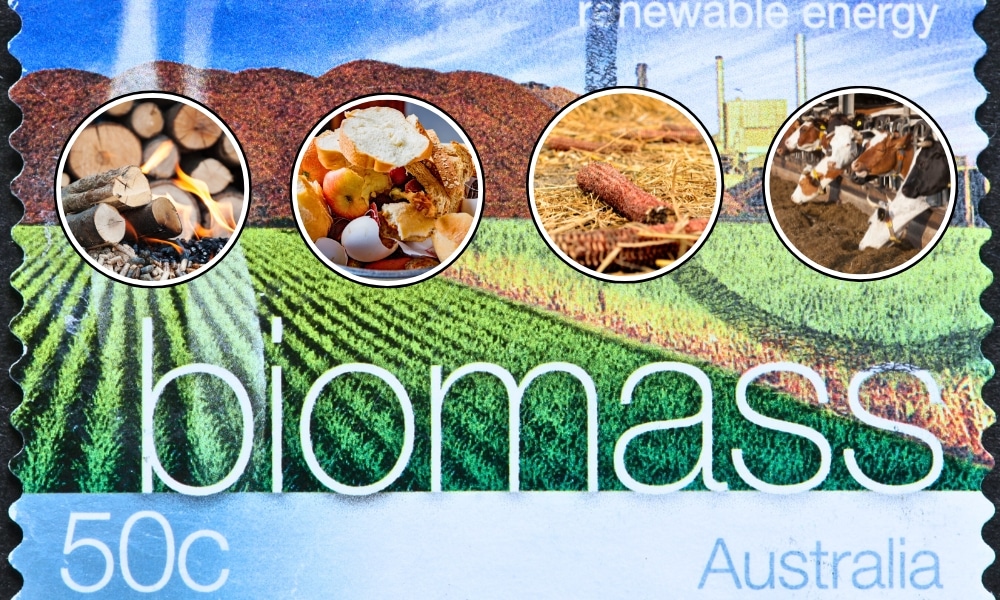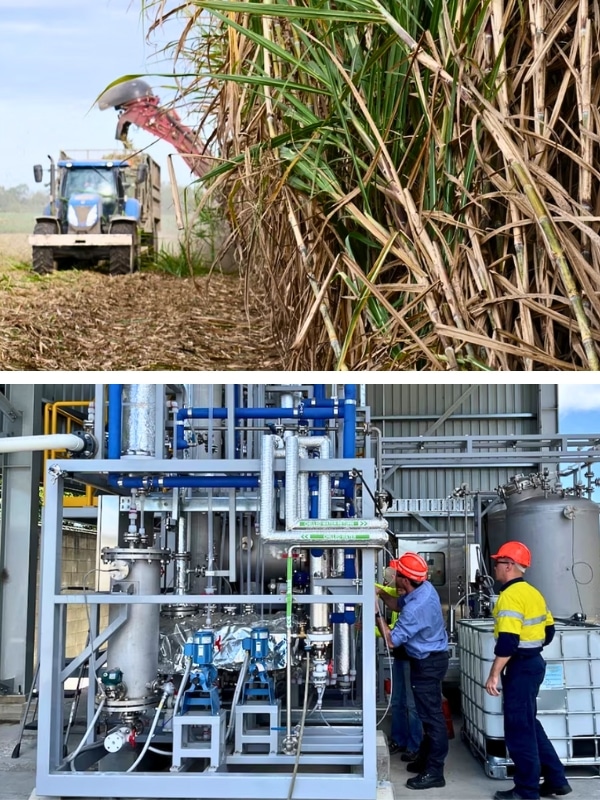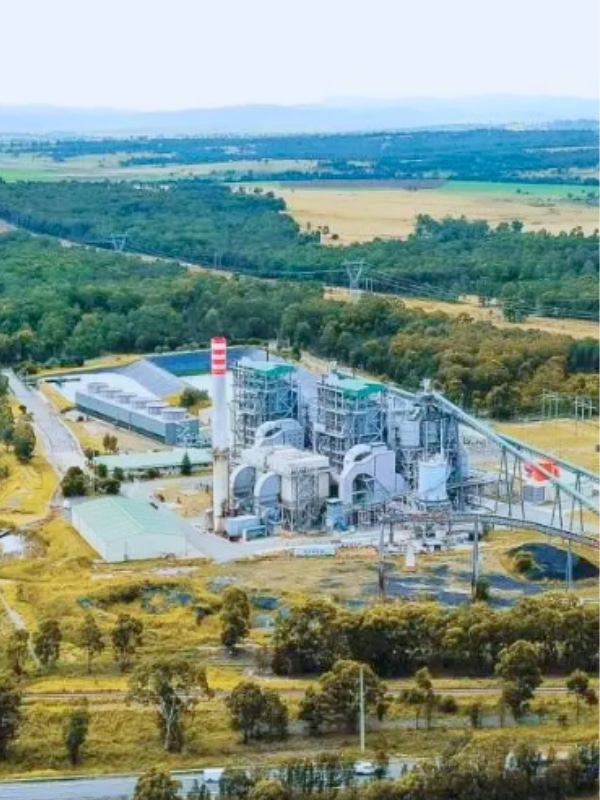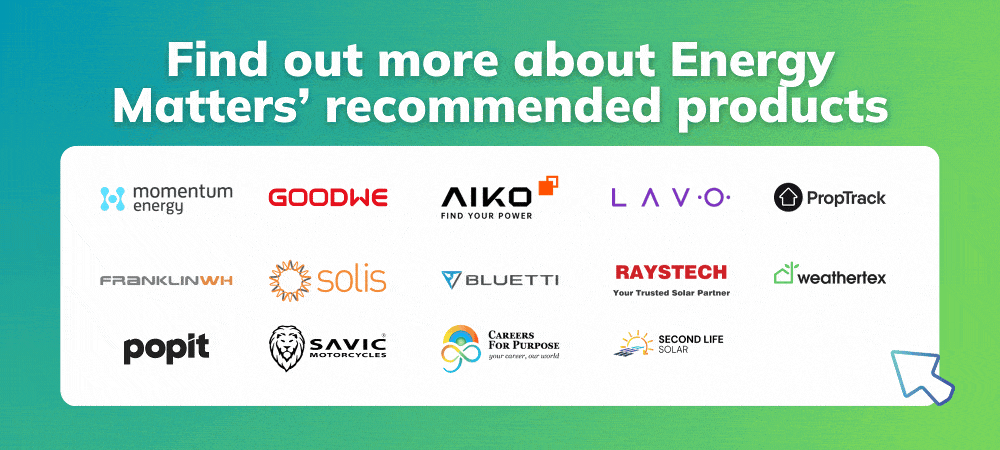Biomass energy, a cornerstone of renewable energy solutions, harnesses organic materials to produce heat, electricity, and biofuels. In Australia, while solar and wind energy dominate the renewable landscape, biomass offers unique opportunities, especially in regions with agricultural and forestry residues. Understanding how biomass power works and its potential in the Australian context is crucial for a sustainable energy future.

On this page
Understanding biomass energy generation
Biomass energy generation involves converting organic materials—such as wood, agricultural residues, and organic waste—into usable energy forms. This process can be achieved through various methods:
- Direct combustion: Burning biomass directly to produce heat can generate steam for electricity production.
- Gasification: Converting biomass into syngas (a mixture of carbon monoxide and hydrogen) through high-temperature processes, which can then produce electricity or biofuels.
- Anaerobic digestion: Breaking down organic matter without oxygen to produce biogas, primarily methane, suitable for heating or electricity generation.
These methods highlight the versatility of renewable biomass energy in addressing diverse energy needs.
Did you know Energy Matters is Australia’s largest renewable news, blog and educational resource? Subscribe to Energy Matters’ weekly newsletter and keep updated even with incentives, rebates and recommended solar product offers.
Renewable biomass energy sources in Australia
Australia’s diverse landscape provides a wealth of renewable biomass energy sources.
- Agricultural residues: Australia’s extensive agricultural sector generates significant amounts of residues. Sugarcane bagasse, a byproduct of sugar production, is Queensland’s primary biomass energy source. Wheat straw, rice husks, and cotton gin trash also hold potential.
- Forestry residues: Australia’s forestry industry produces substantial quantities of wood waste, including sawmill residues, forest thinnings, and harvest residues. These materials can be used for direct combustion or gasification.
- Municipal Solid Waste (MSW): The organic fraction of MSW, such as food and yard waste, can be processed through anaerobic digestion to produce biogas. Landfill gas, generated from decomposing organic waste in landfills, is another biomass energy source.
- Energy crops: Dedicated energy crops, such as fast-growing trees and grasses, can be explicitly cultivated for biomass energy production. This option is less common in Australia than utilising existing residues.
Applications of biomass energy in Australia
Biomass energy’s versatility enables a range of applications across different sectors. These applications highlight the vital role of renewable biomass energy in Australia’s journey towards a sustainable energy future.
- Electricity generation: Biomass power plants convert organic materials into electricity, contributing to the national grid.
- Heat production: Industries utilise biomass for process heating, reducing reliance on fossil fuels.
- Biofuels: Conversion of biomass into biofuels like ethanol and biodiesel offers renewable alternatives for transportation.
- Biogas production: Anaerobic digestion of organic waste produces biogas, which can be used for heating, electricity, or as a natural gas substitute.
How biomass power works
The operational framework of biomass power plants differs depending on the selected technology. Each method highlights the adaptability of biomass energy generation, which is illustrated through various technological pathways.
1. Direct combustion systems
- Fuel preparation: Biomass is collected, processed, and dried for optimal moisture content.
- Combustion: The prepared biomass is burned in a boiler, producing heat.
- Steam production: The heat converts water into steam.
- Electricity generation: The steam drives a turbine connected to a generator, producing electricity.
2. Gasification systems
- Thermochemical conversion: Biomass is exposed to controlled oxygen and high temperatures, producing syngas.
- Syngas utilisation: Syngas fuels internal combustion engines or turbines to generate electricity.
3. Anaerobic digestion systems
- Organic matter breakdown: Microorganisms decompose biomass in oxygen-free environments, producing biogas.
- Biogas utilisation: The biogas is combusted in engines or turbines to generate electricity or used directly for heating.
Benefits of biomass energy
The adoption of biomass energy in Australia offers several advantages:
- Renewable and low-carbon: Biomass is a renewable resource, and its use can reduce greenhouse gas emissions compared to fossil fuels. The carbon released during combustion is offset by the carbon absorbed by plants during their growth.
- Waste reduction: Utilising agricultural and forestry residues and organic waste from landfills reduces waste disposal and associated environmental impacts.
- Regional development: Biomass energy projects can create jobs and stimulate economic activity in regional areas, particularly in agricultural and forestry communities.
- Energy security: Biomass is a domestically available resource, contributing to energy security and reducing reliance on imported fossil fuels.
- Baseload power: Biomass power plants can provide baseload electricity, complementing intermittent renewable energy sources like solar and wind.
Biomass energy in Australia: Case studies
As of 2023, Australia’s electricity generation from biomass energy varies by state. In summary, biomass energy in Australia is a versatile and sustainable energy source that contributes to the country’s renewable energy mix, offering environmental benefits and supporting economic development.

Queensland: Approximately 1.1 gigawatt-hours (GWh) generated.
State-wise, Mackay Queensland leads in biomass energy production, generating approximately 1.1 gigawatt-hours of electricity from biomass. This is attributed mainly to the state’s extensive sugarcane industry, which utilises bagasse—a fibrous byproduct of sugarcane—for energy production.
Image&Source: ABC News – A sweet future: Welcome to the city powered by sugar in the heart of coal country
New South Wales: An example of a biomass energy application in Warkworth Australia is the Redbank Power Station in New South Wales. Originally a coal-fired power plant, it has been converted to operate on 100% biomass, primarily using waste wood from forestry operations. This transition revitalises existing infrastructure and aligns with renewable energy goals.
Image&Source: Verdant Earth Technologies – Redbank Power Station

Challenges and considerations of biomass
Despite its potential, biomass energy faces several challenges. Addressing these challenges requires coordinated efforts from government, industry, and research institutions.
- Sustainability of biomass sourcing: Prioritising sustainability in biomass sourcing is essential to prevent deforestation and minimise other environmental impacts
- Efficiency and cost-biomass: Biomass energy generation can be less efficient and more costly than fossil fuel-based generation. Technological advancements are needed to improve efficiency and reduce costs.
- Logistics and transportation: Transporting biomass can be costly and energy-intensive, particularly for large-scale projects.
- Air emissions: Biomass combustion can release air pollutants, although modern technologies can significantly reduce these emissions.
- Land use competition in biomass: The cultivation of energy crops can compete with food production and other land uses.
This helpful video is an excellent resource for visually learning how biomass power works.
Sources: Statista – Biomass energy electricity generation in Australia in 2023 | Australian Renewable Energy Agency (ARENA) – Bioenergy / Energy from waste
The future potential of biomass
Australia has the potential to increase its renewable biomass energy capacity significantly. Ongoing research and development focuses on improving biomass conversion technologies, reducing costs, and ensuring sustainable sourcing. The development of integrated biorefineries, which produce multiple products from biomass, holds promise for maximising resource utilisation and economic benefits.
Explaining biomass energy generation reveals a viable pathway for Australia to diversify its energy mix and lessen its carbon footprint. Understanding how biomass power works underscores the importance of innovative technologies and sustainable practices. The future of biomass energy in Australia relies on ongoing investment, research, and policy support.
Take action with Energy Matters today
Energy Matters encourages you to explore the possibilities of renewable biomass energy and contribute to a cleaner, more sustainable future. Take action today, and let’s power Australia with tomorrow’s energy.
Energy Matters has been recognised for our continued excellence in the Australian solar industry. We provide our customers with high-quality resources, insight, and access to reputable solar quotes.
Our team of solar experts can help you get up to 3 FREE solar quotes from pre-qualified and vetted solar firms in your area.















































